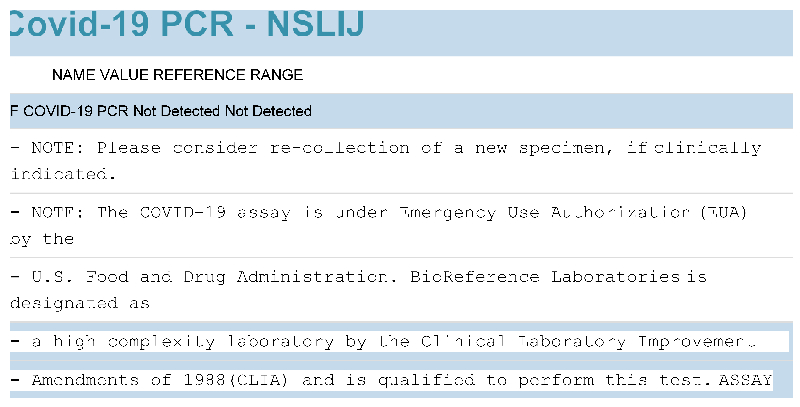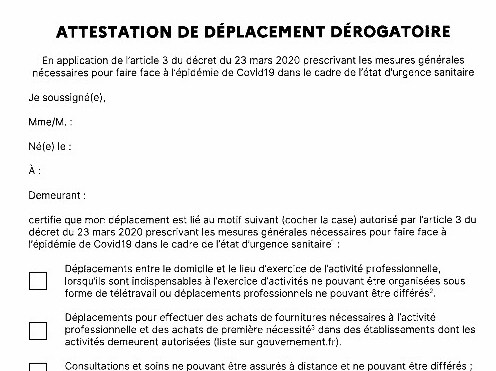It would hardly be fish who discovered the existence of water. (Kluckhohn 1949: 11).
If we describe a community as an ecological system we describe it not as the members of that community themselves think of it. They are ignorant of a science of ecology. (Redfield 1960: 32)
Could it be that the fish do know much about just what, about water, makes the most difference as they continue swimming? (Varenne 2019: 25)
Recently, a student wondered how I could write what I did about fishes swimming in their water and quote Redfield approvingly (at least in general).
The issue is even more complicated if we add another version of the underlying issue concerning consciousness and knowledge:
The anthropologist will be dealing on the one hand with raw phenomena and on the other with the models already constructed by the culture to interpret the former. Though it is likely that, …, these models will prove unsatisfactory, it is by no means necessary that this should always be the case. As a matter of fact, many “primitive” cultures have built models of their marriage regulations which are much more to the point than models built by professional anthropologists. Thus one cannot dispense with studying a culture’s “home-made” models for two reasons. First, these models might prove to be accurate or, at least, to provide some insight into the structure of the phenomena; after all, each culture has its own theoreticians whose contributions deserve the same attcmion as that which the anthropologist gives to colleagues. And, second, even if the models are biased or erroneous, the very bias … are a part of the facts under study and probably rank among the most significant ones. (Lévi-Strauss [1952] 1963: 282)
In many ways I do not have much to add to Lévi-Strauss beyond trying to make more concrete what we might do if we are inspired by what he says about “home-made models” (a phrase I prefer to “models constructed by the culture”). How would we, anthropologists, recognize a “home-made model”?
As an easy example, I will follow Lévi-Strauss’s lead about models of marriage regulation and quote a statement about marriage by one of America most authoritative institutions, the Supreme Court:
No union is more profound than marriage, for it embodies the highest ideals of love, fidelity, devotion, sacrifice, and family. In forming a marital union, two people become something greater than once they were. (2015 Last paragraph of the Obergefell v. Hodges, written by Justice Kennedy)
In my own work, and building on Schneider (1968), I used such statements in Americans Together (1978) to argue that “in America” “love” trumps all. I also emphasized that “love” is only one part of a model that also includes discourses and practices about “individualism” and “community.” I would probably write all this differently now but I would still say that, for people in the United States (the fish) experiencing their condition (water) when deciding whether to applaud or resist the Supreme Court, “love” remains the problem/solution that shapes practices and, particularly, disputes about practices. And so, I was not surprised by the Supreme Court’s decision, and even less by its justification.
Of course, many if not most social scientists, and not just Marxists, would question working with what they might label an “ideology” that masks “deeper” structural matters, and produces hidden consequences. Lévi-Strauss does argue that the same practices might be modeled differently and stresses that the differences themselves are useful for further investigation and analysis. Individualism/community/love is also neo-liberalism depending on how one models American practices.
How to handle such differences is something for another day. For now, I am just going to refer to Supreme Court opinions as an instance of (native) “discursive consciousness.” That is, writing such a statement, living with it, and resisting it, must involve and trigger “consciousness” by about any definition of consciousness. No fish swimming in American waters can fail to take into account the discourse and its practical consequences (even if, should the Marxists be right, this discourse mask properties of the water to which these fishes are blinded).
There is also what I call “practical” consciousness. This is the consciousness revealed by the actual practices of those who might not produce a discursive account of their experience. An easy example (based on something I overheard in the street):
Child (excitedly): “Mom, I singed yesterday, and it was great”
Mother (somewhat sternly): “Dear, say I ‘SANG’ yesterday.”
As all ethnographies of speaking with young children have demonstrated, parents all over the world intervene to require some change in the way the child is speaking. In other words, a parent (older sibling, etc.) will invoke some rule (and there are many!) about “speaking well” even if this parent could not produce a grammar of the language (and even less the full panoply of usage customs it would take long “ethnographies of speaking” for an anthropologist to produce).
Such moments of correction are ubiquitous and are probably the basic method for maintaining any arbitrary (e.g. ‘irregular’ verbs in English). There are many more some might find more significant as to ground any way of life. One example of this would be the generations of farmers in Bali who developed the complex agricultural practices that sustained millions over century (Lansing 2006). What exactly the farmers (and priests, rulers, etc.) “knew” about their ecology and technologies is a question that generations of colonial administrators and development specialists dismissed—to catastrophic consequences in some cases when the local populations followed the very discursive consciousness of those who esteemed themselves as experts. By every measures, the local “models” proved more useful than those developed by these others. In this case Redfield, though correct in principle as far as the “science of ecology” is concerned, is quite wrong in terms of survival requiring complex technological solutions involving a large crowd of people.
At this point one could bring to bear Ranciere on the wisdom of shoe-makers, or Gramsci on “organic intellectuals.” One might also note that there is great value in the specific form of consciousness (knowledge) developed in what is variously known as the “West,” “Euro-America,” the “Global North.”
To go back to the metaphor, it may be that the fish do not have a discursive consciousness of the water to the extent that … they cannot speak! However, everything about them, including the way they swim in the various waters this or that kind of fish might encounter, will tell much to the observer that the observer might not easily notice. And, of course, given that human beings are not fish, and that they do speak, what they say about their conditions is essential, even if it is not the last word on the matter—as they themselves might acknowledge as they dispute what they should do in some future.
References
Lansing, J. Stephen 206 Perfect order: Recognizing complexity in Bali. Princeton, NJ: Princeton University Press. 2006
Lévi-Strauss, Claude 1963 “Social structure.” Tr. by C. Jakobson and B. Schoepf. in his Structural Anthropology. New York: Basic Books. pp. 277-323.
Schneider, David [1968] 1980 American kinship: A cultural account. Chicago: University of Chicago Press.
Varenne, Hervé 1977 Americans Together: Structured Diversity in A Midwestern Town. New York: Teachers College Press.
 Print This Post
Print This Post


